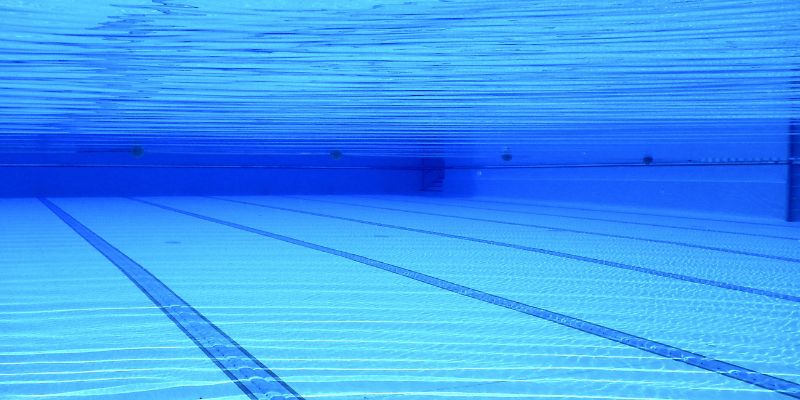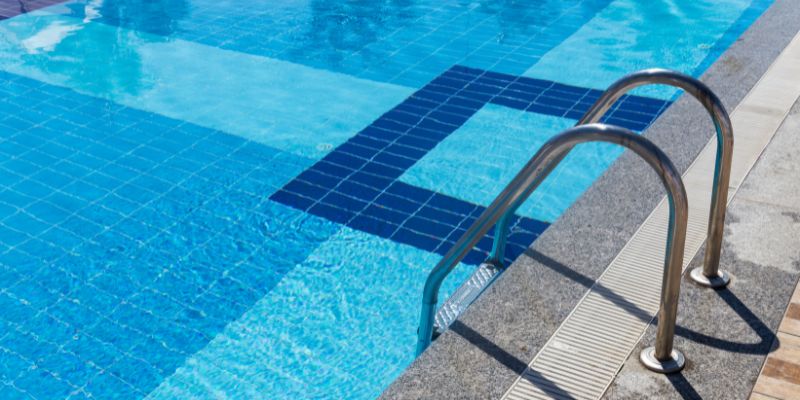How to Shock a Swimming Pool
Posted by Dunn Rite on Jun 1st 2023
If you have a swimming pool, you know that it's important to keep it clean and healthy. One way to do this is to shock your pool regularly. Shocking your pool is a process that uses chlorine to kill bacteria and other harmful microorganisms. It's an important part of swimming pool maintenance, and it can help to keep your pool safe and clean for swimming.
How to Shock a Swimming Pool
There are a few different ways to shock your pool. You can use liquid chlorine, granular chlorine, or calcium hypochlorite. The type of chlorine you use will depend on your personal preference and the type of pool you have.
No matter what type of chlorine you use, the basic steps for shocking your swimming pool are the same:
- Turn off the pool filter.
- Test the water quality.
- Add the chlorine shock.
- Turn the filter back on.
- Wait for the chlorine to dissipate.
Step 1: Turn off the pool filter.
The first step in shocking your pool is to turn off the pool filter. This will help to prevent the chlorine from being circulated throughout the pool too quickly.
Step 2: Test the water quality.
Before you add any chlorine shock to your pool, it's important to test the water quality. This will help you to determine how much chlorine shock you need to add. You can use a pool test kit to test the water quality.
Step 3: Add the chlorine shock.
Once you've tested the water quality, you can add the chlorine shock to your pool. The amount of chlorine shock you need to add will depend on the size of your pool and the type of chlorine shock you're using. Be sure to follow the instructions on the chlorine shock container.
Step 4: Turn the filter back on.
Once you've added the chlorine shock to your pool, you can turn the filter back on. This will help to circulate the chlorine throughout the pool and kill any bacteria or other harmful microorganisms.
Step 5: Wait for the chlorine to dissipate.
The chlorine shock will need some time to dissipate before it's safe to swim in the pool. The amount of time it takes for the chlorine to dissipate will depend on the type of chlorine shock you used and the temperature of the water. Be sure to check the instructions on the chlorine shock container for more information.
Here are some additional tips for shocking your pool:
- Wear gloves and goggles when handling chlorine shock.
- Shock your pool at night or in the early morning hours. This will help to prevent the chlorine from irritating your eyes and skin.
- Don't use other chemicals in your pool at the same time as chlorine shock. This can create dangerous fumes.
- Be sure to test the water quality after shocking your pool. If the chlorine levels are too high, it can be harmful to your health.
Shocking your swimming pool is an important part of pool maintenance. By following these steps, you can help to keep your pool clean and safe for swimming.
Dunn-Rite Pool Products & Pool Accessories
3rd Generation Family Owned Company with a long history of developing innovative products of the highest quality.
Pool Fountains - Combo Units - Pool Volleyball - Pool Basketball





